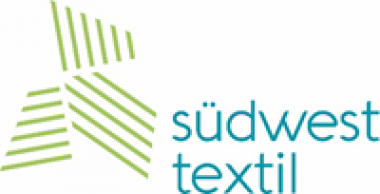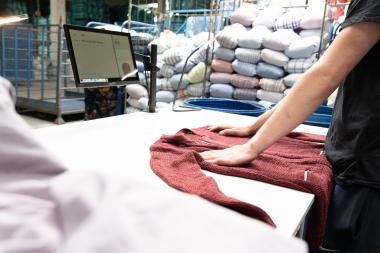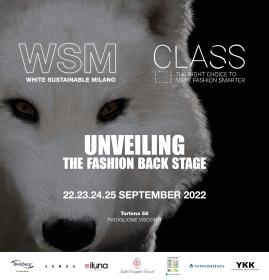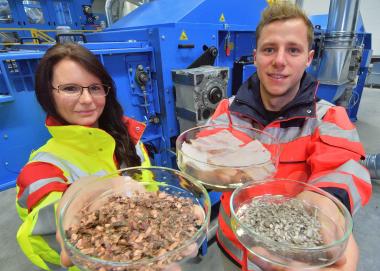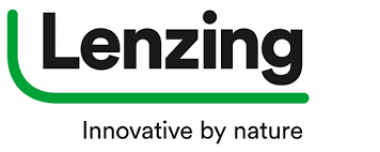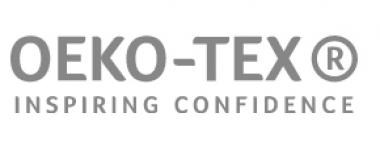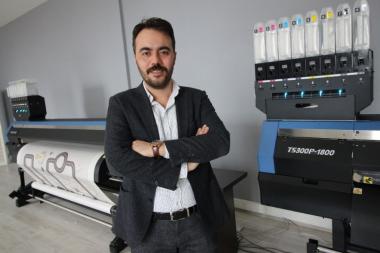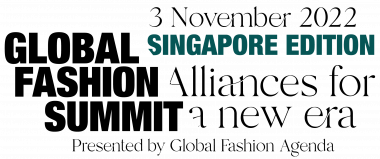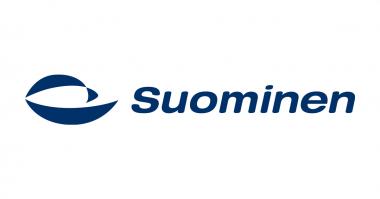Südwesttextil ruft Politik zur Streichung der Gasumlage auf
Statt der geforderten deutlichen Entlastungen in der Energiekrise, hält die Bundesregierung an der Gasbeschaffungsumlage fest. Südwesttextil ruft deshalb die Politik zur Streichung der zusätzlichen Belastungen auf.
Die Verstaatlichung des Energiekonzerns Uniper hat Diskussionen um die Verfassungskonformität der geplanten Gasbeschaffungsumlage angestoßen. Obwohl diese dadurch dauerhaft in Frage steht und auch wirtschaftlich stabile Unternehmen profitieren könnten, hält die Bundesregierung daran fest. Für die mittelständische Textilindustrie, die Gas insbesondere für hochtechnische Anwendungen braucht, kommen die Kosten zu den ohnehin bereits hohen Beschaffungspreisen für Gas hinzu. Die Umlage betrifft selbst langfristige, vor der Krise abgeschlossene Verträge.
In der Summe sind die Preissteigerungen immens und können durch die Unternehmen im internationalen Wettbewerb nicht weitergegeben werden. Der Kern der unternehmerischen Tätigkeit – die Produktion von textilen Materialien als notwendige Bestandteile der Wertschöpfungskette für die gesamte Wirtschaft – müsse bei diesen Kosten überdacht werden, so der Verband. Die Unternehmen stünden jetzt vor weitreichenden und existenziellen Entscheidungen. Der irreversible Wegfall von Arbeitsplätzen und Produktionsschritten in Deutschland drohe.
Zusätzlich zu der Forderung nach schnellen, konkreten und unbürokratischen Maßnahmen, spricht sich Südwesttextil für sofortiges Handeln der Politik aus. Hauptgeschäftsführerin Edina Brenner mit Blick auf die aktuellen Widersprüche in der politischen Diskussion: „Wir fordern die Bundesregierung auf, im langfristigen Interesse des Industriestandorts, der Gasbeschaffungsumlage kurzfristig eine Absage zu erteilen. Die Aufrechterhaltung und Stabilisierung des Gasmarktes ist ebenso im Interesse der gesamten Gesellschaft wie die Sicherung von Wertschöpfung und Arbeitsplätzen in Deutschland bzw. Baden-Württemberg. Mit der Verstaatlichung des Energiekonzerns Uniper entspricht die Politik dem nationalen Interesse an einem stabilen Gasmarkt. Jetzt muss die Bundesregierung auch der eigenen Wirtschaft Rechnung tragen und statt neuer Belastungen wirksame Entlastungen beschließen!“
Energiekrise Gasumlage Südwesttextil Verband der Südwestdeutschen Textil- und Bekleidungsindustrie Südwesttextil e.V.
Verband der Südwestdeutschen Textil- und Bekleidungsindustrie Südwesttextil e.V.


